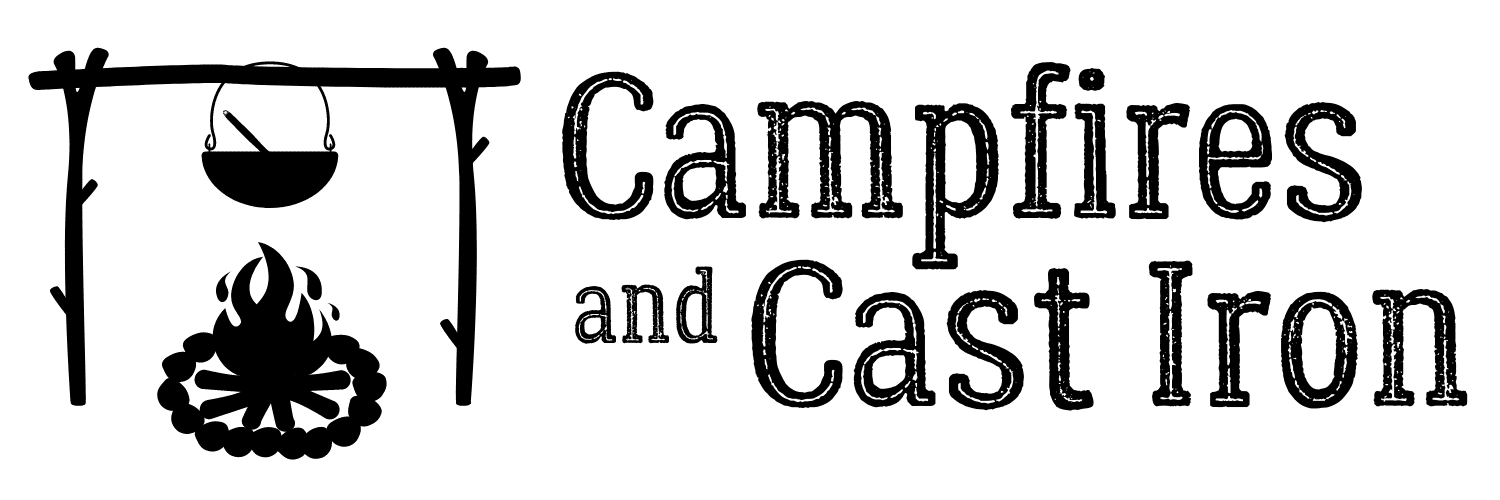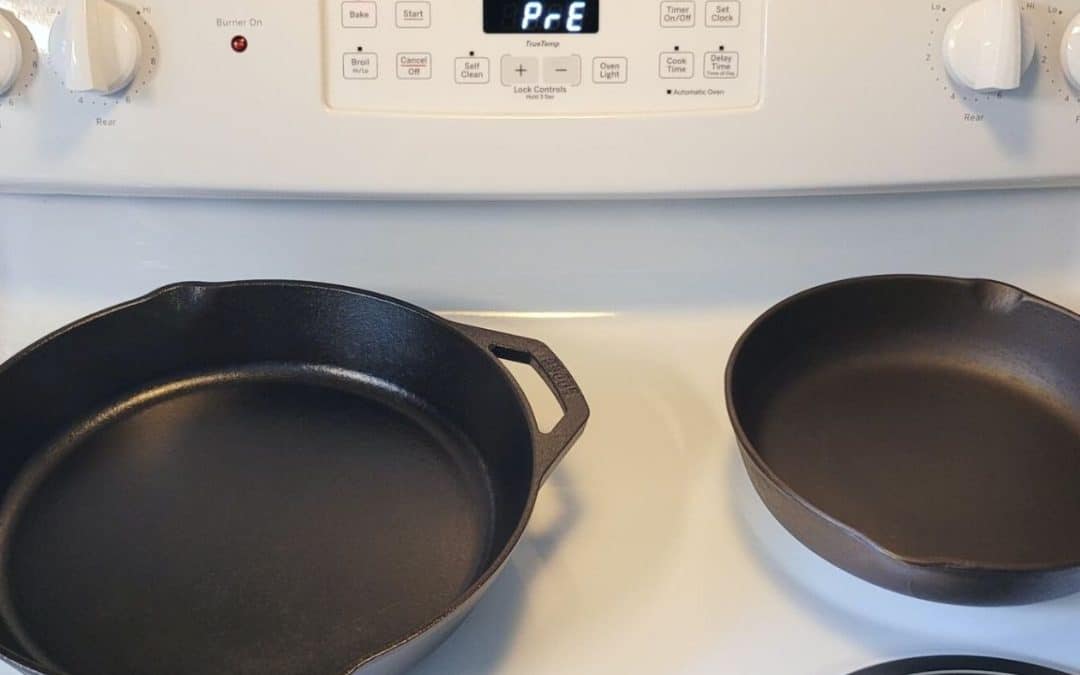Cooking with cast iron can feel like a mystery at times, often leaving new cast iron users with a few questions: “Should you preheat cast iron cookware before cooking or baking? At what temperature should you preheat cast iron? Do you add oil before or after preheating?”
Although it may seem daunting, learning how to get the most out of your cast iron cookware really isn’t difficult. By simply understanding how cast iron behaves when it is heated, you can level up your cooking and baking skills and forget about burned, sticking, and undercooked food. Let’s get to it!
Should You Preheat Cast Iron Cookware?
Yes, you should preheat cast iron before cooking, particularly for searing, pan frying, roasting, and baking. Cast iron takes a longer time to heat up, then retains heat well. Preheating safely brings the pan up to cooking temperature and reduces the chances of foods and baked goods sticking to the pan.
Note that preheating only applies to regular cast iron cookware, not enamel-coated cast iron or non-stick pans made from other metals. Preheating enamel-coated or non-stick pans can cause them to warp or crack.
Why Preheat? The Science Of Cooking With Cast Iron
Let’s take a look at why preheating cast iron is important for successful cooking.
Brings The Pan Up To Cooking Temperature
Cast iron is a poor thermal conductor, which means it is slow to absorb heat. It takes more time than other metals to heat up to the desired cooking temperature. Cooking or baking in a cold cast iron pan will cause your food to take longer to cook or be unevenly cooked, with some areas potentially being underdone. Preheating is also important for properly searing meats and frying foods.
Helps Prevent Cracking And Warping
Although cast iron is a very strong, durable material, it can crack or warp if exposed to extreme temperature changes. This is why it’s advisable to preheat cast iron cookware and let it gradually come up to cooking temperature instead of putting a cold pan in a very hot oven or on a hot burner.
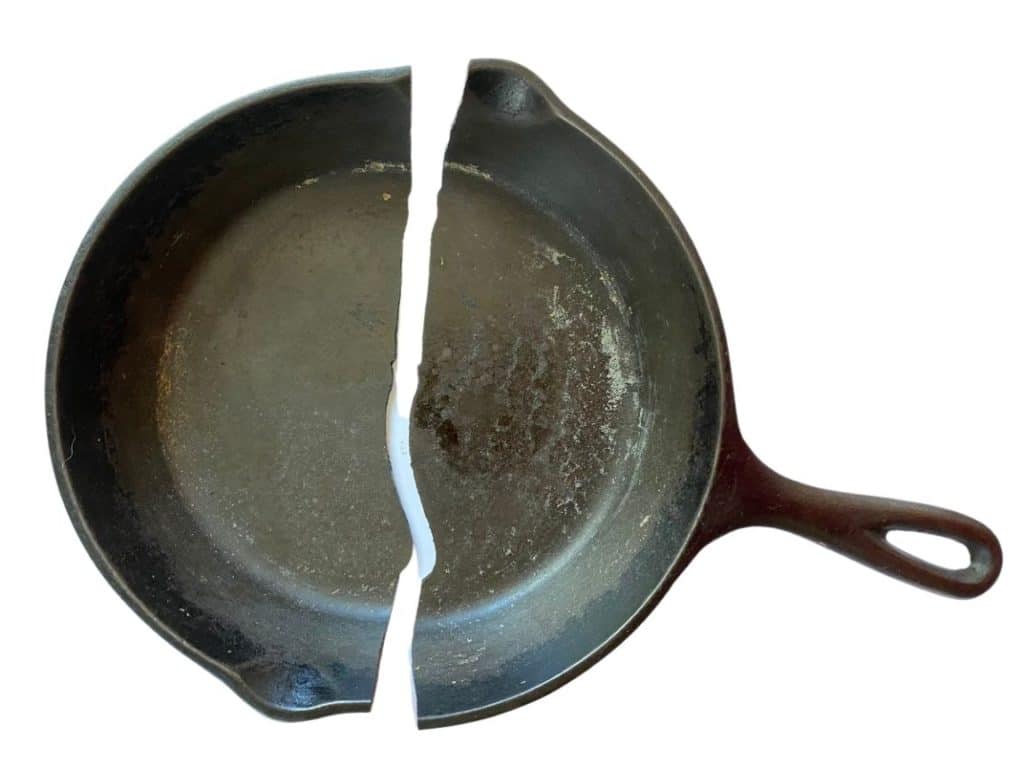
Reduces Chances Of Food Sticking To The Pan
Have you ever tried cooking eggs, chicken, or cornbread in a cast iron skillet and ended up with a stuck mess? It can be so frustrating to waste ingredients and spend time scrubbing a pan with stuck-on food residue.

Why does this happen? Cast iron is a very porous material, meaning it has lots of microscopic pores, or holes. When food is placed on a cold cast iron pan, particularly any food high in protein and low in fat, the proteins will seep into the pores of the iron. As the pan heats up, food particles actually end up cooking into the surface of the pan, causing it to stick.
To help solve this problem, it is first essential to make sure your pan has a good seasoning layer. When seasoning cast iron, you are basically baking multiple thin layers of oil onto the surface of the pan. The seasoning fills in many of the microscopic holes and irregularities in the iron, making the cooking surface smoother. For everything you need to know about seasoning, check out my helpful article, Seasoning Cast Iron Cookware: A Step-By-Step Guide.
Preheating cast iron to the desired cooking temperature allows food to begin cooking immediately when it is placed in the pan. This prevents uncooked proteins from having time to settle into the pores of the iron and cause sticking. Note that cooking oils and fats also play an important role in reducing sticking. We’ll discuss the use of fats and oils below.
How To Correctly Preheat Cast Iron Cookware
Preheating cast iron can seem time-consuming at first, but becomes second nature when you realize how much it improves the performance of your cookware.
Remember that cast iron is slow to heat initially, but then it continues to get hotter as you cook. You may need to turn down the stovetop burner setting after preheating the pan to prevent it from getting too hot.
At What Temperature Do You Preheat Cast Iron?
Cast iron cookware can be preheated on the stovetop or in the oven. If you’ll be cooking in the oven, preheat the pan in the oven. Similarly, if you’ll be cooking on the stovetop burner, preheat the pan on the stovetop burner. This will make sure the pan is preheated to the most appropriate temperature for the type of cooking or baking you’ll be doing.
Preheating In The Oven
When using the oven, you’ll want to gradually heat cast iron cookware to the temperature at which you will be cooking or baking. For example, if you are making skillet cornbread and the recipe calls for baking it at 375 degrees F, you should heat the pan in the oven until it reaches this baking temperature.
It’s best to put the pan in a cold oven, then turn the oven on and let both the pan and oven preheat together. Your pan will then be ready for adding oil and cooking or baking.
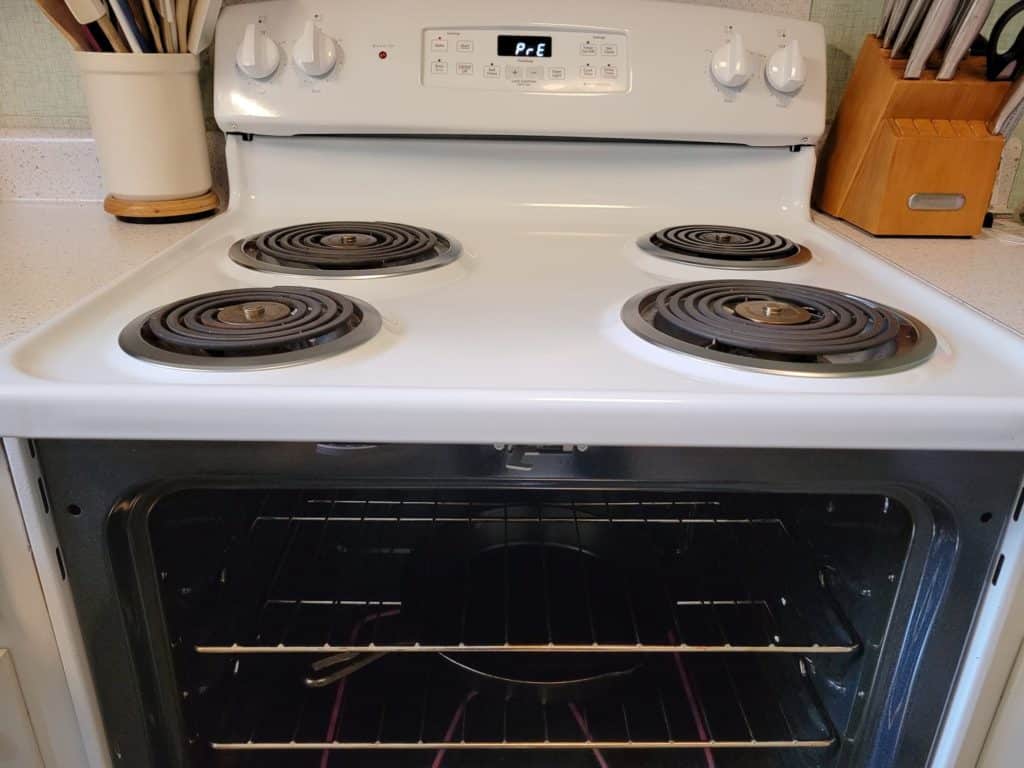
Preheating On The Stovetop
If you’re cooking a dish on the stovetop, preheat the skillet on a similarly-sized burner over medium heat. This would be approximately the number “5” burner setting on a traditional stovetop range. Every stove heats a little differently, so you may need to make small, slow temperature adjustments if your pan is either too cool or hot.
Preheating on a burner usually takes about 5 minutes, give or take a minute or two. Make sure to move your pan around or rotate it a few times to help it heat more evenly and avoid concentrated hot spots.

How Do I Know When My Cast Iron Pan Is Preheated?
Knowing when your cast iron is preheated is easy when using the oven. Simply place your pan in the oven and preheat them both together. When the oven indicates it has reached the desired temperature, your pan is ready for adding oil and cooking.
When preheating on the stovetop, there are a few ways to tell when your pan is preheated.
- Drop a tiny bit of water on the pan. If it sizzles and steams away quickly, the pan is hot enough for cooking.
- For sauteing, searing, or pan frying, pour a thin layer of cooking oil or fat into the pan. When you see the oil rippling or “shimmering,” it’s ready to cook. If the oil is bubbling or smoking, the pan is too hot and should be allowed to cool before cooking.
- For shallow pan frying, pour oil into the heated pan. Then, dip a wooden spoon into the oil. If small bubbles appear around the spoon, the oil is hot enough for cooking.
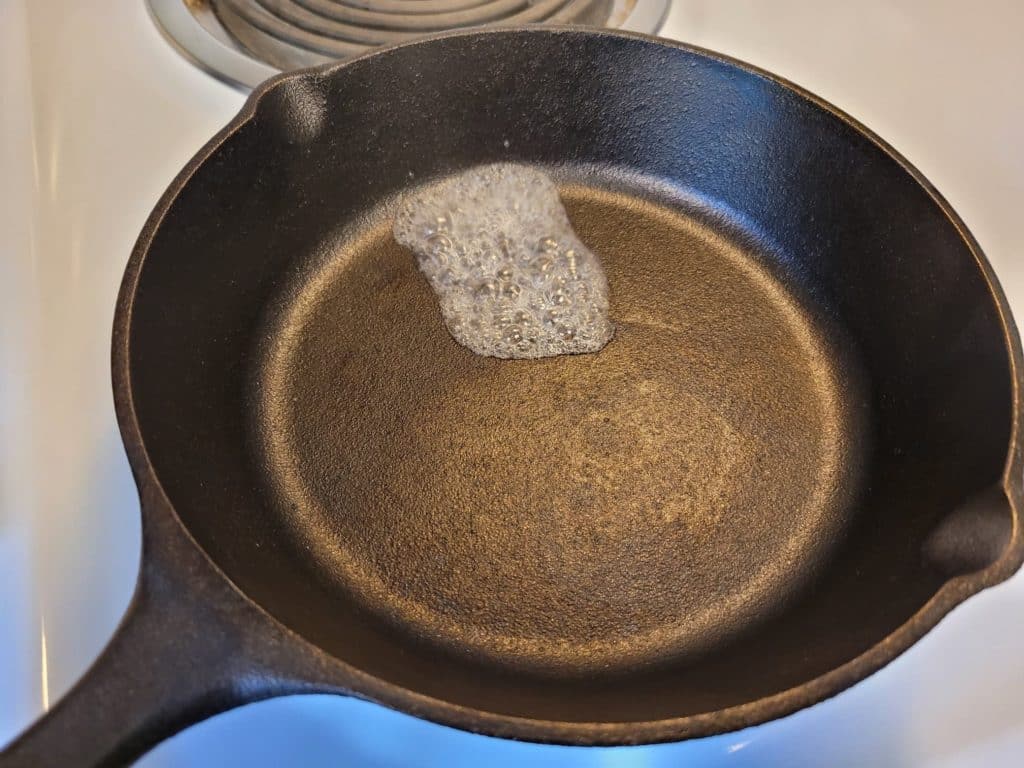

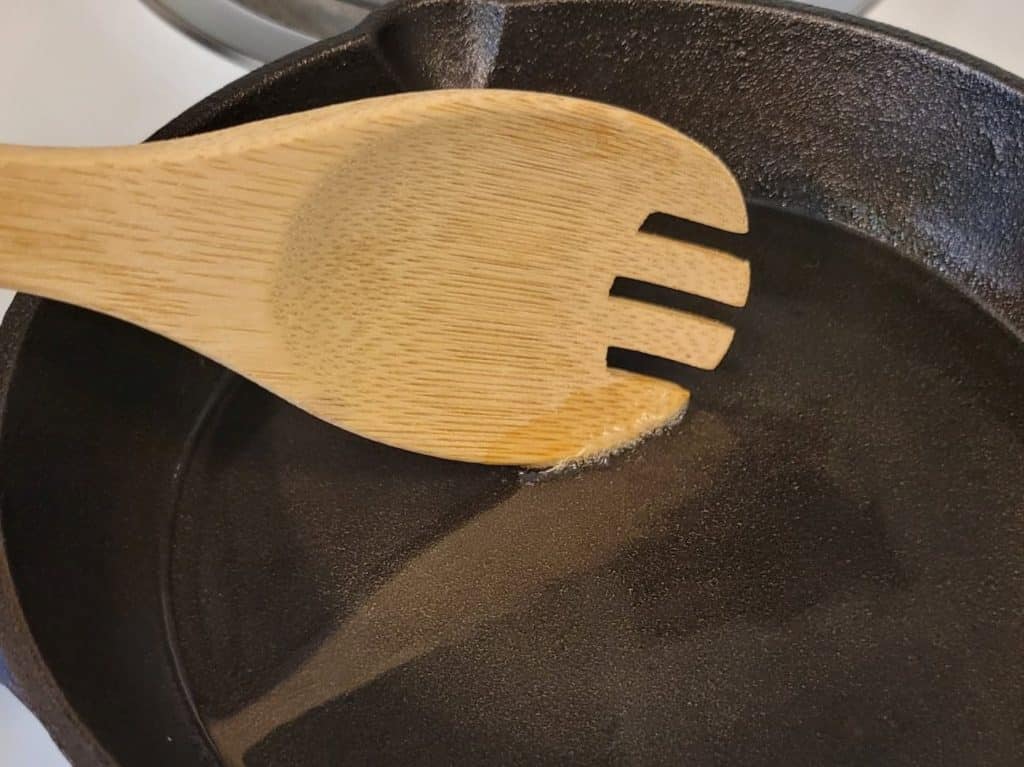
Do You Add Oil Before Or After Preheating Cast Iron?
In most instances, it’s usually best to wait until the pan is preheated, then add your oil, butter, or cooking fat. Letting butter heat too long in a pan can cause it to smoke and burn, so add it just before putting food in the pan.
When baking with cast iron, preheat the pan in the oven. When it has reached the correct temperature, carefully remove it from the oven and add a little bit of oil to coat the cooking surfaces. Then, add your batter and return the pan to the oven for baking.
Deep frying is the exception to the rule. When deep frying, it’s best to add oil to the pan or fryer and let it come up to temperature as the pan heats.
Why Oil Is Important For Cast Iron Cooking
Adding cooking oil to a hot pan just before adding food is one of the best ways to prevent food from sticking to cast iron. When the oil hits the hot iron, it gets very hot almost instantly. The hot oil not only creates a barrier between the food and the pan, but it also starts cooking the food immediately. This prevents the proteins and juices from the foods (like chicken, steak, or eggs) from seeping into the pores of the cast iron and causing sticking.
The same is also true for baked goods like muffins and cornbread. The hot oil starts cooking the batter as soon as it’s poured into the pan. This is what gives the bottom of your cornbread a nice golden brown color and prevents it from sticking to the pan.
Exceptions To The Preheating Rule
While preheating cast iron cookware is generally the way to go, there are a couple of exceptions to this rule:
1. Don’t preheat pie pans or skillets before pressing the crust dough in. A hot pan would cause your dough (and your fingers) to burn. Press the pie crust dough into the cold pan, then bake it as you normally would in a glass or aluminum pie plate.
2. You won’t want to preheat a skillet when sauteing garlic or cooking dairy-based dishes. This should be done at a lower temperature to avoid burning.
3. As mentioned above, don’t preheat a cast iron pot (like a dutch oven or deep chicken fryer) when deep frying. Add the right amount of oil to the pot, then preheat both the frying pot and the oil together.
Summary
I hope this article has helped make sense of preheating cast iron cookware, the importance of cooking with oil, and how to help prevent food from sticking to the pan. Be sure to check out the Recipes section of the blog for delicious and easy recipes you can cook while camping or at home, complete with allergy-friendly modification instructions.
This post may contain affiliate links. This means if you click on a link and make a purchase, I will receive a small commission, at no cost to you, that makes it possible for me to keep the Campfires and Cast Iron site up and running. Please see our disclosure policy for details.
